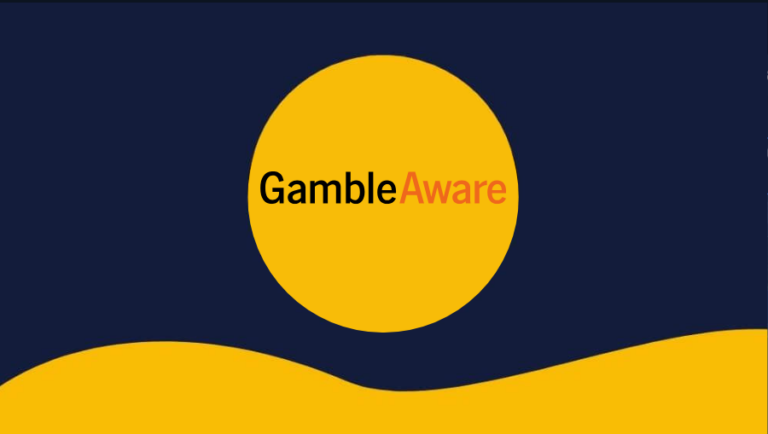Betting Odds Conversion Table

The odds are arguably the most important thing to understand when it comes to betting, and do not worry, it is not hard to get to grips with them. Although sometimes betting sites display odds using different formats, they are all exactly the same thing just displayed differently. There are three main odds formats that you are likely to come across which are Decimal, Fractional, and American. We are going to explain how all three of them work but remember, in all probability, you will be able to customise the odds settings from within your account and make the display the format you prefer.
Odds Conversion Table
In the table below we have taken the main odds formats and compared how they display the same thing. We will go into more detail about exactly what each number represents, why it is that amount, and the formula to convert one to another later in this article.
| Decimal | Fractional | American |
|---|---|---|
| 1.1 | 1/10 | -1000 |
| 1.5 | 1/2 | -200 |
| 2 | 1/1 | +100 |
| 2.5 | 6/4 | +150 |
| 3 | 2/1 | +200 |
| 11 | 10/1 | +1000 |
| 101 | 100/1 | +10,000 |
The Different Odds Formats
As we have said there are three main odds formats that you may come across when betting online. They are:
Decimal Odds
This is the newest way to express odds and it is fast becoming the most popular. Sometimes referred to as European odds, this is perhaps the simplest way to show odds, certainly if the odds are low. The amount you see is the amount you will get back for every one that you bet. So… if the odds are 2.75 and you bet €10 you will get back €28.75. Of that €10 was your money originally, you can not have decimal odds lower than 1, because the 1 is just getting your money back.
Fractional Odds
This is the traditional was to express odds and still today the way events which have a low probability are likely to be described. It is very common to hear that something is one hundred to one (100/1) to happen. When you see Fractional odds they do not have to be “to one”, especially on odds less than 10/1, but for larger bets they are usually to one. The first number you see is the amount of profit you make, the second number is the amount you need to stake to get that profit. Adding both numbers together would be your total return.
American Odds
These can also be called “money line odds” but American odds, or US odds is more common. They are probably the hardest to understand and have a very important feature that you need to appreciate before ever trying to use them. If the odds are greater than evens, then they are represented by a + and the number is the amount of money you win for every 100 you bet. So… +200 would mean you bet 100, and if it wins you get back 300. HOWEVER the thing to remember is that this rule changes if the odds are less than evens. In this case the odds show a - symbol and the number is now the amount of money you must bet in order to WIN 100.
Fractional to Decimal Odds Conversion
Fractional odds are displayed as two numbers the first being the amount that you will win (profit) and the second being the amount that you must stake in order to win that amount. So if you see 3/1 then you must bet one to win three (your total return will be 4). If you see 5/2 then you must bet two to win five (your total return will be seven). Decimal odds are just the total amount that you will receive for every one unit that you bet. The amount you win (profit) will be the number minus one, because one is always your stake amount.
To convert fraction odds to decimals, divide the numerator (first number) by the denominator (second number) and add 1. So for example if the odds are 3/2, then you would calculate like this: (3 ÷ 2) + 1 = 2.5
The Concept of Implied Probability
As a general rule the odds offered by the bookmaker represent the chances they think something has of happening, and this is what is meant by “implied probability”. It is not exactly true because bookmakers will always add a margin to the odds in order to make sure they profit, and this is why the probabilities will not add up to 100%, but they still show roughly what chances something has. In order to convert the odds available into the chance of something happening you can do the following sums:
- Decimal odds - Begin with 100 and then divide it by the odds. For example if the odds were Decimal 2 then: 100/2 gives a probability of 50%.
- Fractional odds - Take the second number (the denominator) and divide it by the total of the two numbers (numerator and denominator) added together. Then multiply that number by 100. Using evens again, so 1/1, we have (1 ÷ (1+1)) x 100 = 50%.
- For American odds what you must do differs slightly depending on whether the odds are greater or less than even money. If they are less then the calculation is the odds divided by the odds plus 100. You can ignore the minus symbol. (Odds / (Odds+100))
- For American odds if the odds are greater than evens you start with 100 this time, and then divide by the odds plus 100. (100 / (Odds+100))
Odds Conversion Calculator
Conclusion
All the ways to display odds are just as good as the other and it is entirely up to you which you prefer to use. It makes sense to be aware of how to use each and the relationship they have with each other because when you read T&C’s they are often only displayed in one format. The good news is that the vast majority of betting sites let you customise your account to display bets with the odds format you want to use, just go to the settings area, and if you have any issues ask the customer service staff for help.
-
With larger odds you win more money if the bet wins so in that sense yes they are better if you are comparing two bookmakers and betting on the same thing.
-
There is no one site that always has the best odds, but certain sites consistently have better odds for cerain sports and so having more than one betting site account to take advantage of this is recommended.
-
The margin, which can also be called the over round, is short for profit margin. That is the amount of money that the bookmaker would make assuming stakes on all the different outcomes are balanced.


